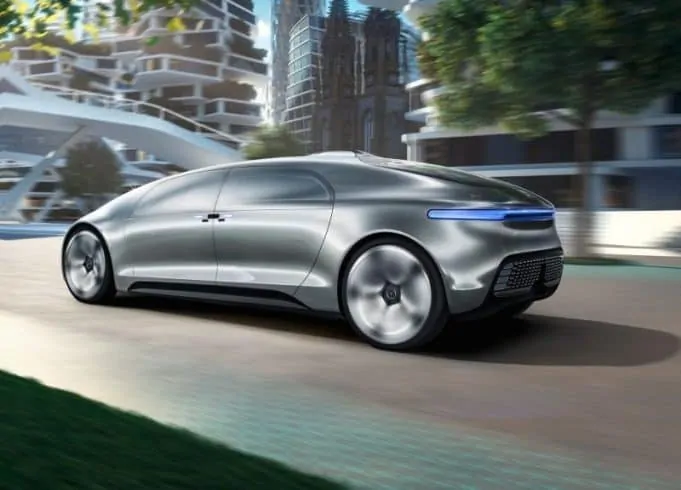Guest post by Jessica Oaks.
The car of today is quickly taking its place among the gadgets that comprise the Internet of Things and the car of tomorrow is sure to be a marvel.
Like all the technology around us, cars are getting smarter and the connected car is already on lots ready for new car buyers. And growing menu of digitized features is making cars as comfortable as home for passengers and safer for drivers, too.
Here’s a quick look at what’s new and what we can all look forward to.
A New Wave of Built-In Tech
Staying safe and keeping others safe while driving – traditionally one of the most dangerous activities – is getting easier thanks innovations like forward emergency braking with pedestrian detection (found in Infiniti’s 2016 QX60). It can detect when people are crossing in front of the vehicle and automatically stop it.
The 2017 Chrysler Pacifica comes equipped with a new app designed to protect not passengers, but parental sanity on the road. Programmed with your destination, the app displays an animation that shows the arrival time on the back display – an antidote to the endless choruses of “Are we there yet?” that moms and dads have to listen to on any trip longer than a half hour.
And then there’s the Hyundai Sonata’s free Virtual Guide, an app for phones and tablets created to encourage drivers to take more responsibility for their vehicles’ maintenance. Augmented reality software displays a pop-up over the engine or interior with instructions that can help owners learn to change the oil and perform other maintenance duties easily tackled by the confident layperson.
Aftermarket Technology Available Now
If shopping for one of the newest technologically advanced cars and SUVs isn’t in the cards right now, there are plenty of aftermarket solutions that claim to deliver the same level of connectivity as the latest models. Of the many plug-in devices designed to bring old cars up to date, T-Mobile SyncUp Drive is one of the most useful as well as the one of the easiest to use.
SyncUp Drive is branded as an “all-in-one solution for in-vehicle 4G LTE connectivity, driving analysis, vehicle tracking and maintenance monitoring,” and it works in nearly every vehicle sold after 1996. Drivers simply insert the SyncUp Drive device into their vehicle’s OBD-II port and install the SyncUp Drive app on an LG G5 or other device to get started. From there, drivers have access to in depth driving behavior tracking that can minimize maintenance costs, location information that makes finding a car in a crowded lot and keeping track of new drivers easier, an in-vehicle wifi hot spot powered by T-Mobile’s 4G LTE network, and real time engine analytics.
What’s Coming Next
Driverless cars are hardly newsworthy at this point but they are still facing major hurdles – particularly when it comes to the ability to read lane markings.
But that’s changing.
Ford recently demonstrated how a combination of sensors and lasers could map an entire urban area so that a vehicle could potentially drive autonomously without the need to read lane markings in real time.
And while Wi-Fi hotspots in cars are also nothing new, Toyota has demonstrated how satellite cells on the roof of a car could lead to more reliable communication not just for drivers and passengers, but also across entire regions. The same tech would also allow for the kind of stable vehicle to vehicle communication that would make large-scale autonomous driving a real possibility.
Chances are good that driving in 2020 will be an entirely different experience than driving in 2017, with cars taking their place in the sphere of smart automation. Whether that means getting from point A to point B will be a hands-free experience or a car that can call for paramedics when you need medical attention, it’s clear that there’s a lot to look forward to.


